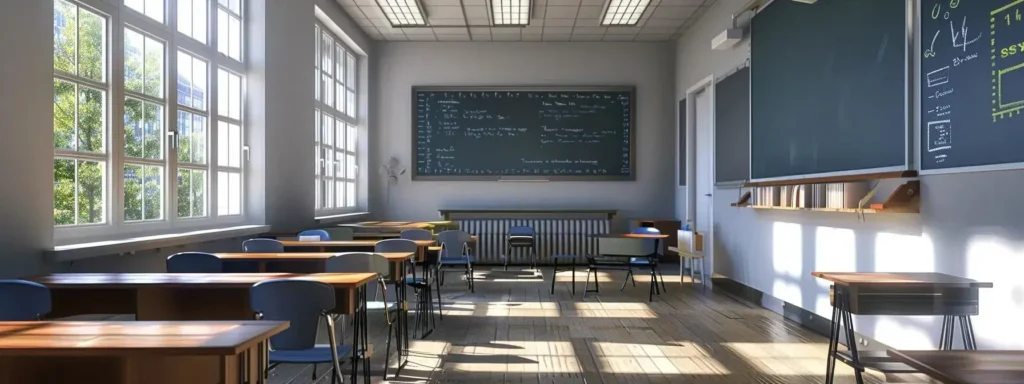AI Reshaping Classrooms: Smarter, Faster, Better
AI reshaping classrooms is no longer a futuristic idea. It’s happening right now.
Artificial intelligence is changing the way students learn. It’s also changing how teachers teach.
Today, lessons are more personalized than ever before. Students can get instant feedback on their work.
Teachers are using smart tools to create better learning experiences.
Across the globe, schools are starting to adopt AI-powered solutions.
These tools help save time, reduce stress, and make classrooms more efficient.
They also support students based on their unique needs and learning styles.
As a result, classrooms are becoming smarter. They’re faster. And most importantly, they’re more focused on each student.
This is how AI reshaping classrooms is creating a new future for education—one that is more personalized, inclusive, and powerful than ever before.
How Is AI Reshaping Classrooms Today?
Artificial intelligence is taking education beyond chalkboards and textbooks. Here’s how AI reshaping classrooms is actively improving learning experiences:
- Personalized Learning: AI platforms can analyze individual student performance and adapt content to match their pace and learning style. Struggling with algebra? Your AI tutor knows and adjusts.
- Smarter Assessments: Gone are the days of one-size-fits-all tests. AI can create real-time quizzes that reflect a student’s understanding.
- Teacher Support: AI helps educators manage routine tasks like grading and lesson planning, giving them more time to focus on engaging students.
- Real-Time Feedback: Students get instant guidance on assignments and mistakes, which helps them improve faster.
- Accessibility: Tools like text-to-speech, language translation, and learning analytics help make education more inclusive.
With these advancements, it’s clear that AI reshaping classrooms isn’t just a trend—it’s a revolution.
Benefits of AI in the Classroom
AI is bringing big changes to the classroom. It’s not just about fancy tech—it’s about making learning better for everyone.
With AI, lessons can be tailored to fit each student’s needs. Teachers can spend less time on paperwork and more time helping students.
Students get quick feedback. This helps them learn faster and fix mistakes right away.
AI also makes learning fun and interactive through games, quizzes, and virtual tools.
Let’s explore how AI reshaping classrooms is making education smarter, faster, and better for both teachers and students.
Why AI Reshaping Classrooms Is a Game-Changer
Here are key benefits of integrating AI into the classroom:
- Efficiency Boost: Automation of administrative work reduces teacher burnout.
- Data-Driven Decisions: Schools can track performance trends and intervene early.
- Engaged Learners: Gamified learning, interactive content, and virtual tutors keep students motivated.
- Bridging Gaps: Students in remote or underserved areas now have access to quality learning resources via AI platforms.
The power of AI reshaping classrooms lies in its ability to level the educational playing field.
Challenges of AI Reshaping Classrooms
While exciting, the rise of AI in education comes with its own set of challenges:
- Privacy Concerns: Student data security is a top priority and must be handled responsibly.
- Overdependence: Excessive reliance on AI may reduce face-to-face interaction and soft skills development.
- Cost Barriers: Advanced AI tools may not be affordable for every school, especially in developing areas.
- Training Needs: Teachers need upskilling to use AI effectively.
Addressing these challenges is crucial to ensure AI reshaping classrooms benefits all stakeholders.
The Future of AI in Education
As AI evolves, its role in education will only grow. Future classrooms might include AI-powered holographic tutors, virtual reality-based learning environments, and real-time emotional analysis to support student mental health. With proper planning and ethical implementation, AI reshaping classrooms could lead to an educational system that’s not only more advanced—but more human at its core.
Conclusion
AI reshaping classrooms is not just making them smarter and faster—it’s making them better. By empowering teachers, personalizing education, and bridging learning gaps, AI is creating a new era of education that benefits everyone. As we move forward, embracing this transformation thoughtfully will be key to unlocking its full potential.

Silvia Heart is a lifestyle and wellness writer with a background in apparel and a degree in fashion. She blends creativity with practical insights, guiding readers toward intentional, balanced living. Through her approachable style and thoughtful storytelling, Silvia inspires her community to embrace both everyday joy and personal growth.


